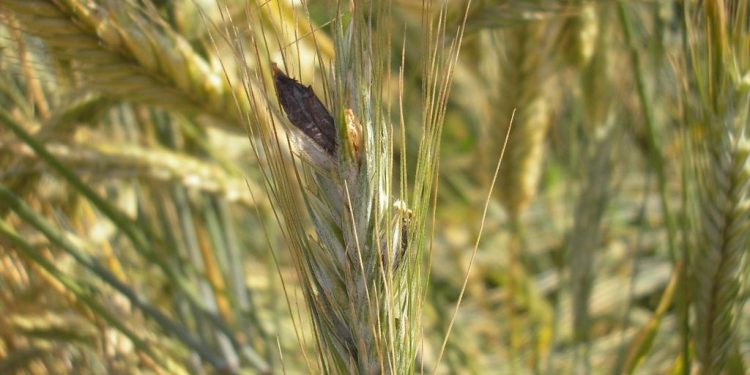Ergot is a fungal disease of many plants but is perhaps most commonly associated with domesticated grasses or cereals, such as rye, wheat, barley, oat, sorghum, millet, maize and rice.
\Ergot is of historical significance, having been reported for several millennia, but is also of concern in modern agricultural production systems. Caused by many different species within the genus Claviceps, the fungi cause the production of sclerotia, which are typically dark in colour, in place of healthy grain. The sclerotia contain toxins that can make the grain unsafe for consumption by humans or livestock. Ergot can be managed both preharvest as well as postharvest to minimize the presence of sclerotia and their associated toxins in food and feed systems.
Management practices have been developed to control or mitigate the effects of ergot in crops, but none have been found to be effective or successful on their own. Therefore, an integrated management approach is typically recommended.
Photo: EPPO (2024) EPPO Global Database. https://gd.eppo.int
Reference: Berraies, S., Liu, M., Menzies, J.G., Tittlemier, S.A., Overy, D.P. & Walkowiak, S. (2024) Ergot of cereals: Toxins, pathogens and management. Plant Pathology, 73, 1301–1316. Available from: https://doi.org/10.1111/ppa.13904
Error




